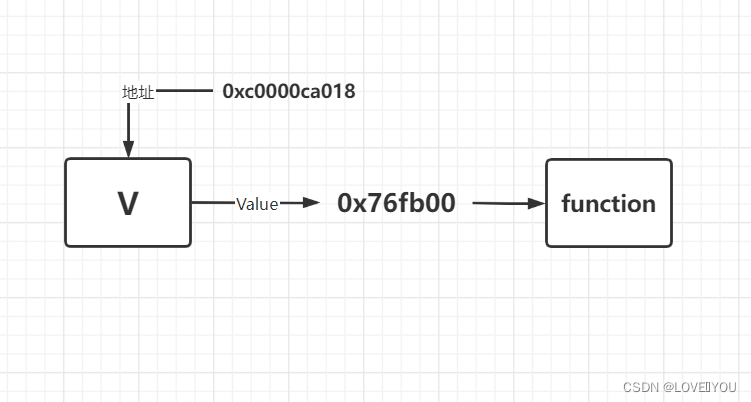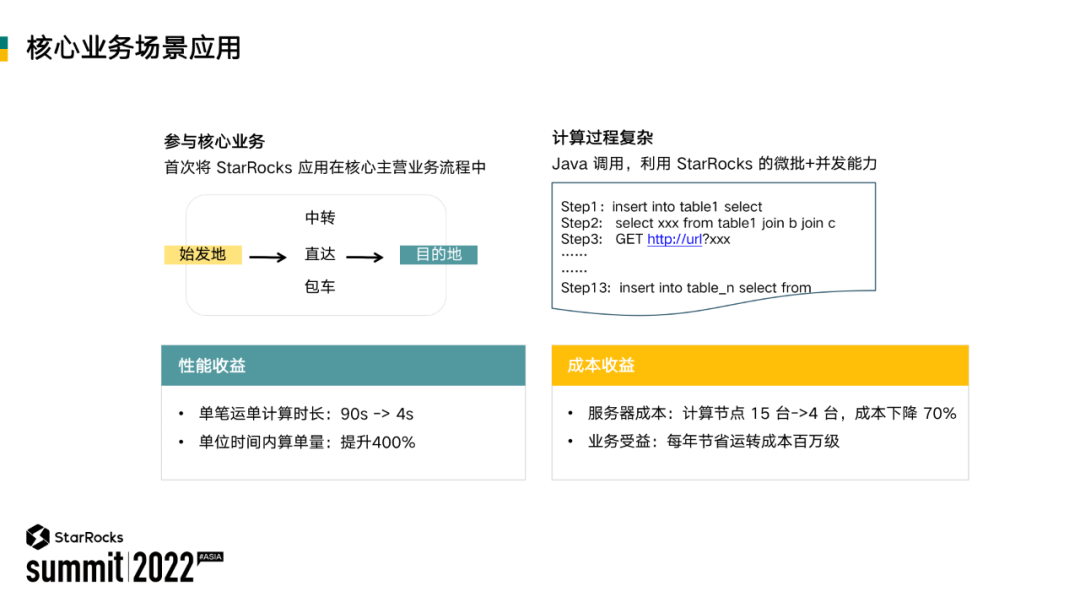通过reject传异常:
<html>
<body>
<script>
const promise = new Promise(function(resolve, reject) {
if (Math.random() > 0.5){
resolve("value");
} else {
reject(new Error("throw error"));
//throw new Error("throw error")
}
});
function a(v) {
console.log("a函数");
console.log(v);
}
function b(er) {
console.log("b函数");
console.log("reject打印Error对象",er);
}
promise.then(a,b)
</script>
</body>
</html>
控制台输出:
b函数
index.html:19 reject打印Error对象 Error: throw error
at index.html:9:24
at new Promise (<anonymous>)
at index.html:4:29
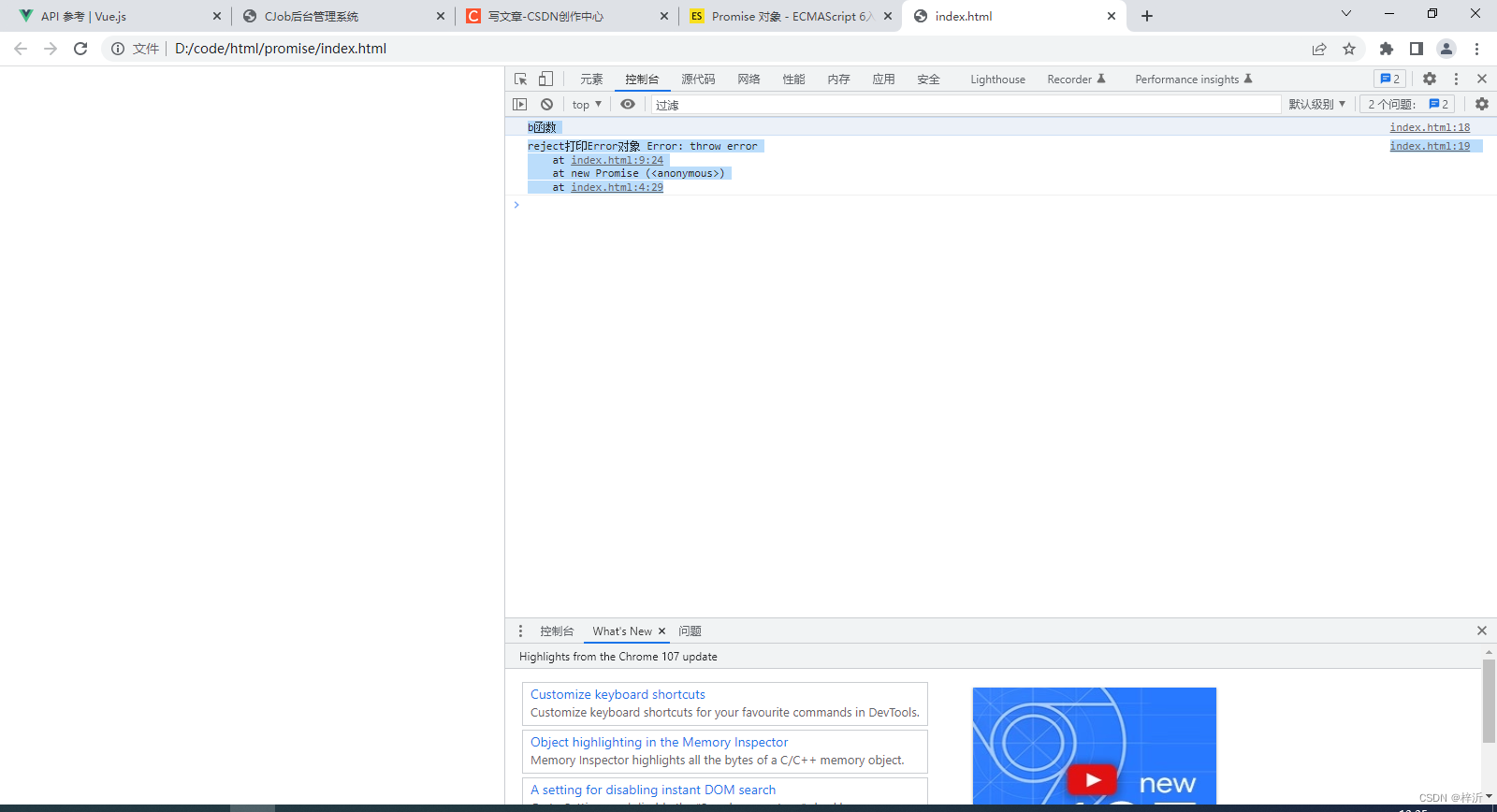
通过throw抛异常:
<html>
<body>
<script>
const promise = new Promise(function(resolve, reject) {
if (Math.random() > 0.5){
resolve("value");
} else {
//reject(new Error("throw error"));
throw new Error("throw error")
}
});
function a(v) {
console.log("a函数");
console.log(v);
}
function b(er) {
console.log("b函数");
console.log("打印Error对象",er);
}
promise.then(a,b)
</script>
</body>
</html>控制台输出:
b函数
index.html:19 打印Error对象 Error: throw error
at index.html:10:23
at new Promise (<anonymous>)
at index.html:4:29
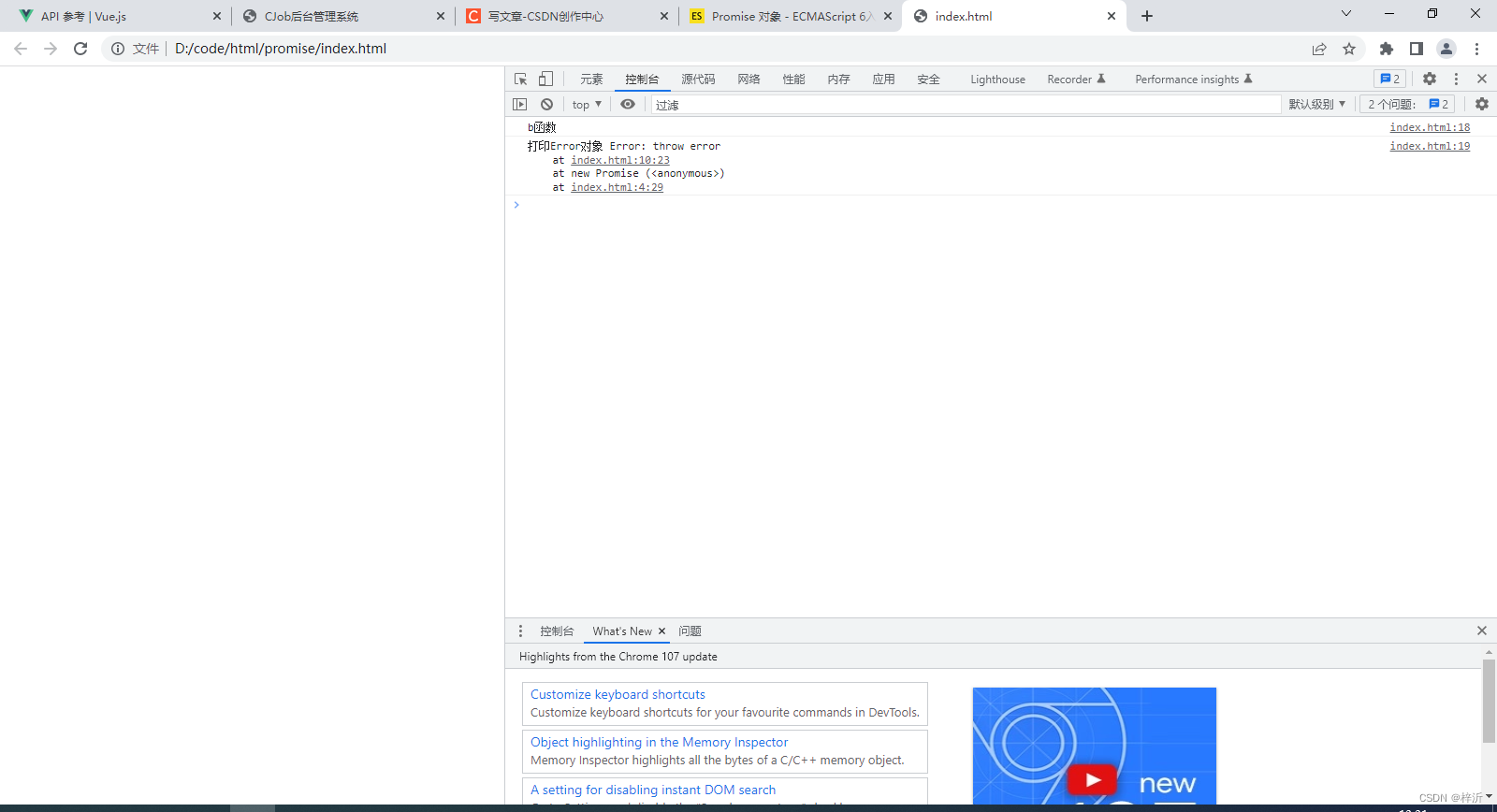
所以有这样的等价关系:
p.then((val) => console.log('fulfilled:', val))
.catch((err) => console.log('rejected', err));
// 等同于
p.then((val) => console.log('fulfilled:', val))
.then(null, (err) => console.log("rejected:", err));第一个then()方法指定的回调函数,如果运行中抛出错误,也会被catch()方法 或第二个then()方法指定的第二个回调函数 捕获。
ES6 入门教程
复习知识点:
const promise = new Promise(function(resolve, reject){})中的resolve和reject是函数指针形参,定义Promise时,还不知道resolve和reject具体是什么函数。只有执行到promise.then(a,b),才会把a函数和b函数的指针赋给new Promise中定义的resolve和reject。
resolve("value")会将字符串"value"作为参数传给a()函数,可以理解为好像是将resolve("value")替换成a("value"),resolve()像是个占位符,将来会被then()的第一个参数传入的函数(本例为a() )替换。
async await
ES6 入门教程
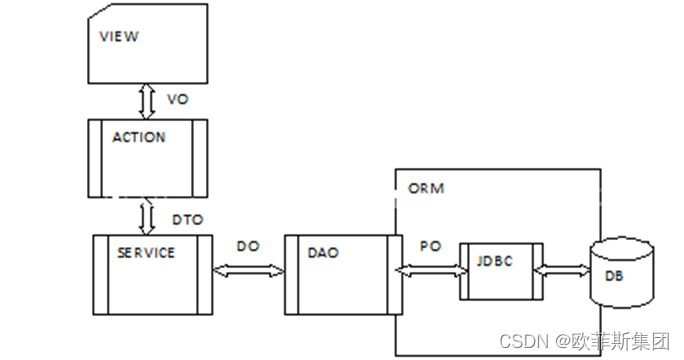

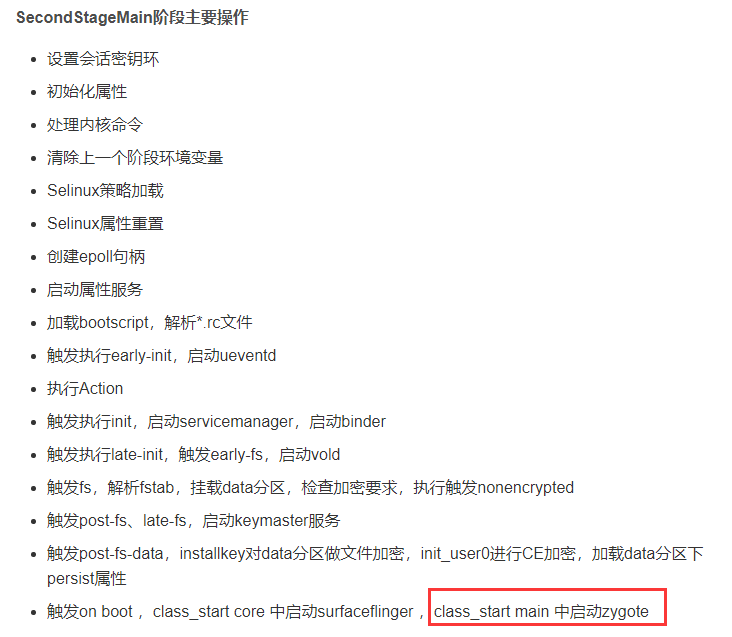





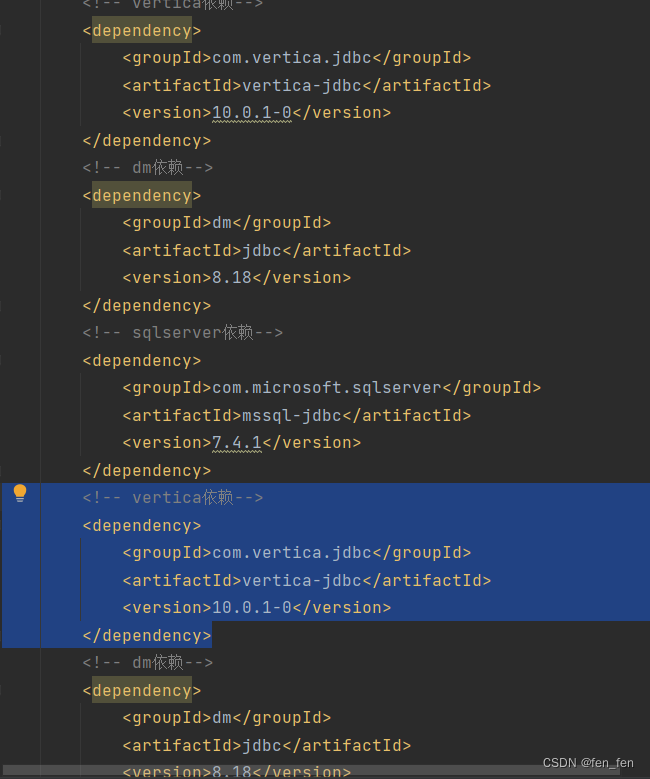

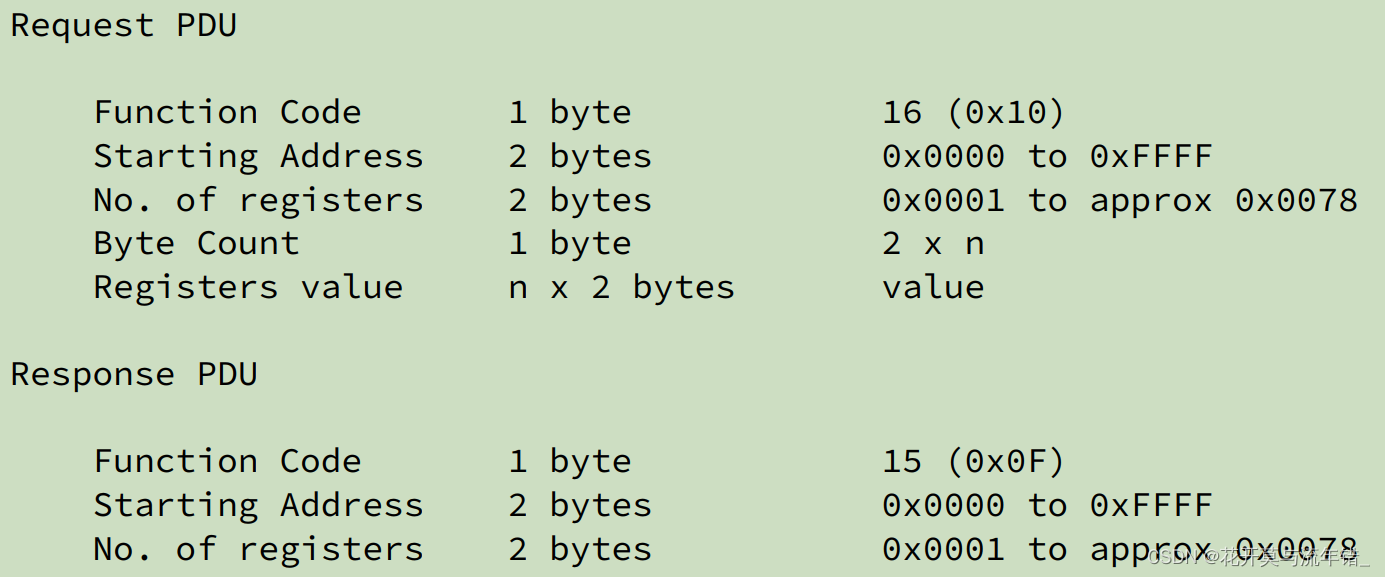


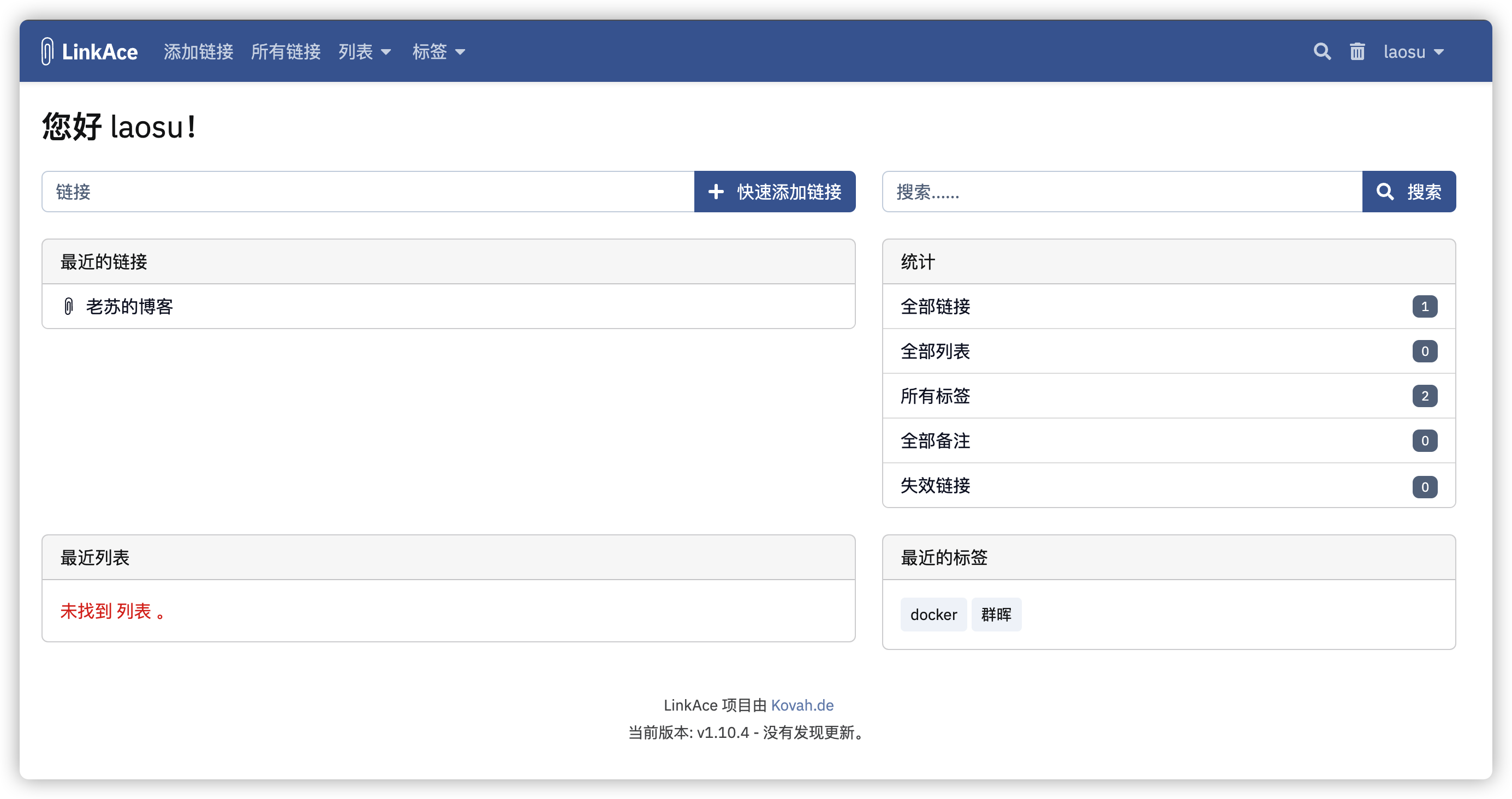

![[附源码]Python计算机毕业设计Django的中点游戏分享网站](https://img-blog.csdnimg.cn/36a3bc58350c46de92774c4cd3487ee0.png)


